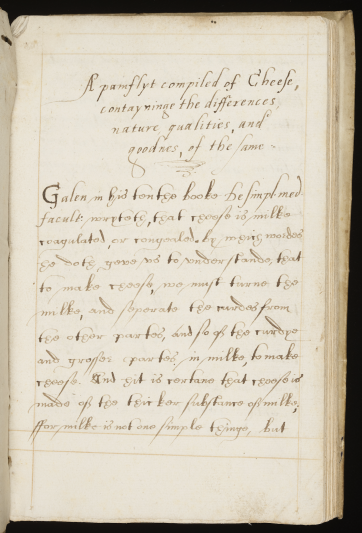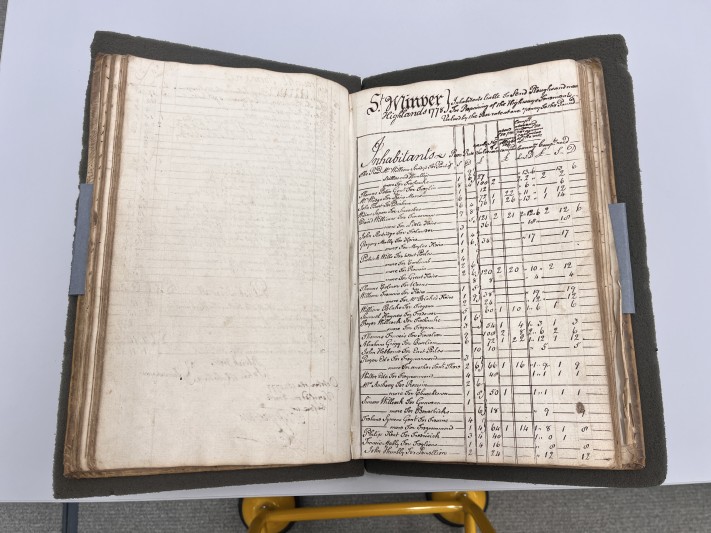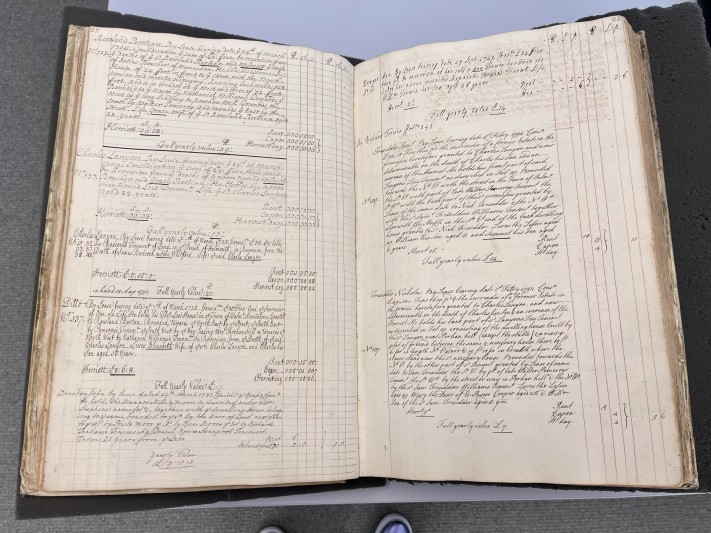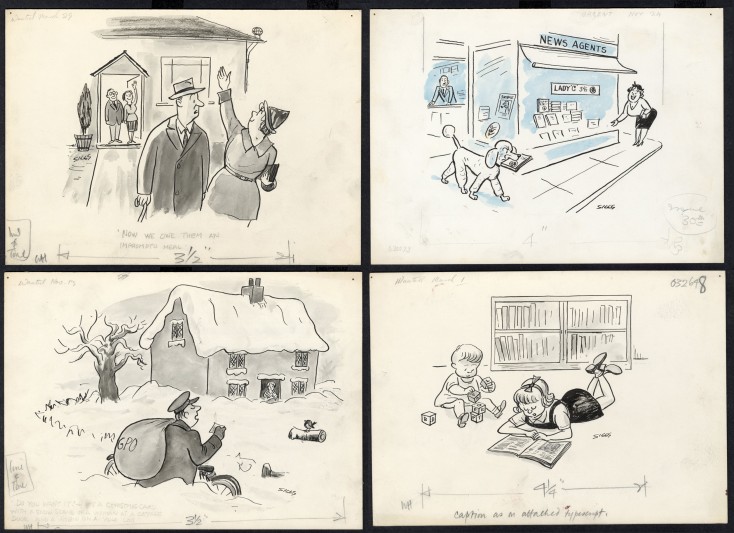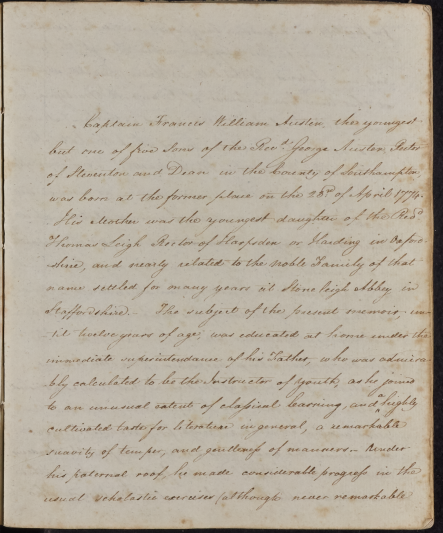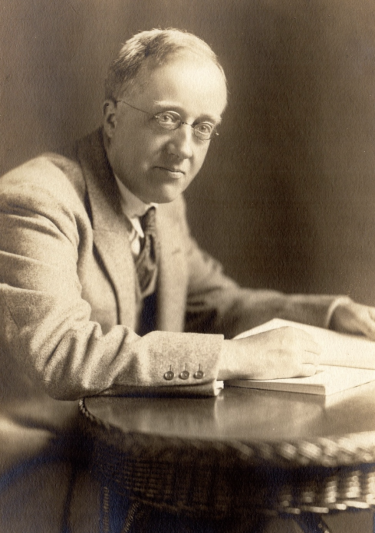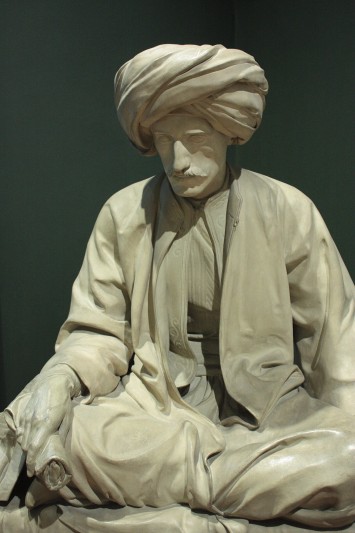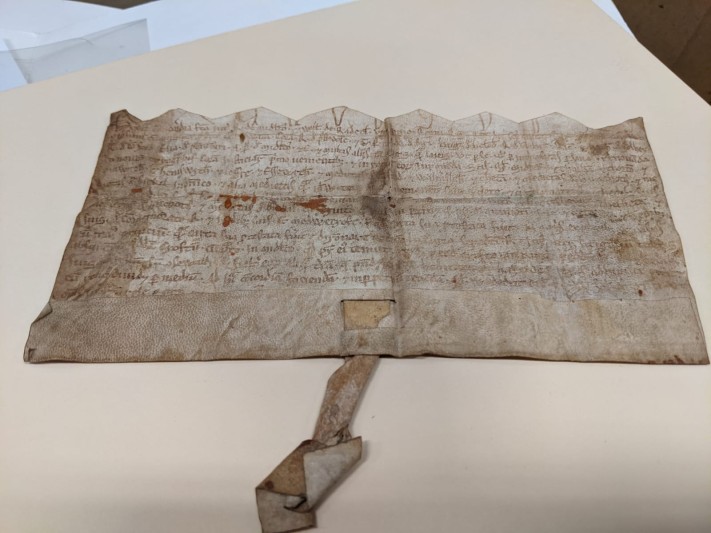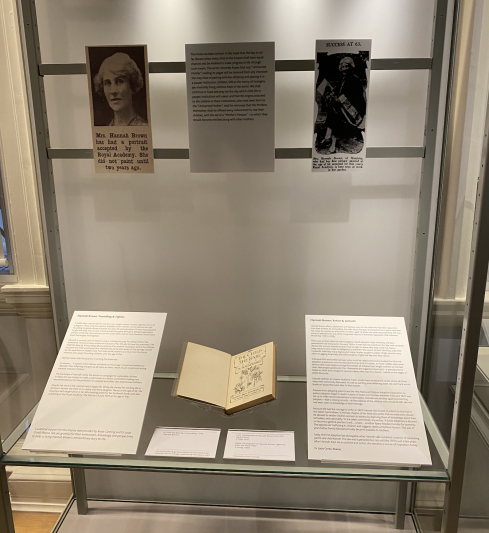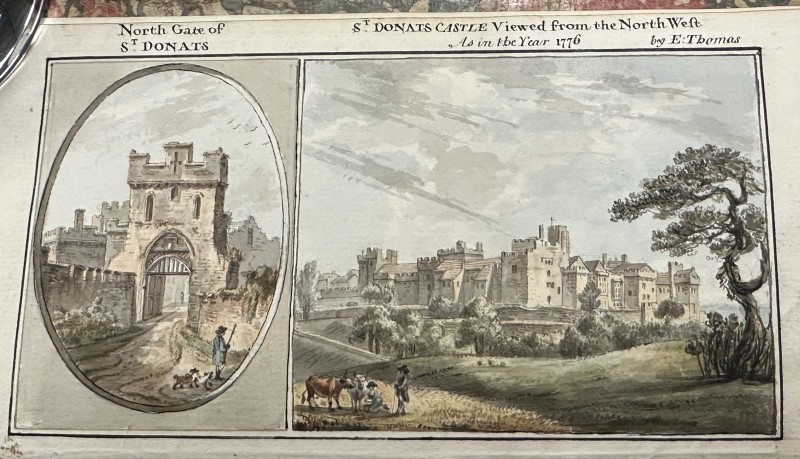Unknown and thought to be unpublished, this vellum-bound manuscript was written probably around the 1580s. The manuscript, in Secretary hand, is probably the first comprehensive academic study of a single foodstuff to be written in the English language, which gives it particular significance for food historians. The ‘Pamflyt’ follows typical Elizabethan practice of collecting all available information from Classical authors such as Galen and Virgil - it opens with the Greek philosopher-physician Galen’s broad definition of cheese as ‘milke coagulated, or congealed’ - as well as the Persian philosopher-physician Abu Bakr al-Razi, and contemporary physicians at the University of Salerno. There is also a section on ‘the vertues of cheese used as a medicine’, with the effects of cheese on people of different temperaments based on the theories of the bodily humours put forward by Galen and his predecessors. To gain practical information, the author then went on to ‘diligently inquire of country folke, who gave their experience in theis matters.’
Search FNL grants since 1931
This volume augments a fine parish archive, it is also one of a very few examples Cornish highway surveyors’ accounts and rates that we hold. When the book arrived and was unpacked a bundle of 26 additional folded documents dating from 1768-1814 was found tucked inside its front cover, consisting of lists of inhabitants liable for highways repairs, lane measurements, road completion agreements, compositions and arrears, highway order repairs and even a list of parish tools. It also contained several items of correspondence.
The archive consisted of a very large vellum bound ledger of leases, dated 1648 on its front cover, as well as a similar volume commencing in 1786. In addition, there was a mid-18th century survey book for the manors of Arwenack, Mylor, Tregenvor, Trevethan, Trescobeas, Prisla and Treganiggey. Other records include 25 letters from the 1730s from Martin Killigrew to a Mr Hall, three undated lists of Falmouth houses, a manor of Arwenack field book for 1820-1821, a report for new buildings and improvements at Falmouth in 1812-1826 and seven rentals from 1877-1899.
Lawrie Siggs was a cartoonist and illustrator who used a gentle humour in his work, often inspired by domestic scenes and observation of everyday life. He worked for Punch for 35 years as well as various newspapers, including the Daily Telegraph, Daily Express, the Evening Standard and The New Yorker.
These objects are significant additions to the Jane Austen House collection, offering new insights into Jane Austen and her family and new avenues for research. The biography (dated c.1863) is written in the third person but is likely Francis Austen’s own account, describing his life and family relations as well as observations on historical events within his knowledge and impressions of the countries he visited. The album contains 73 topographical watercolours and drawings, mainly of the West Indies and Canada, made by Francis Austen and his daughter Cassandra Eliza Austen in the 1840s.
Australian-born Louise Dyer (1884-1962) first met Gustav Holst in 1924, a year which he spent mostly alone in Thaxted recovering from a serious nervous breakdown. Her detailed interest in and enthusiasm for his music helped kick-start the next stage of his career.It sheds significant new light both on the mutually supportive relationship between Dyer and Holst and on his development as a composer during the last decade of his life. Apparently unknown to Imogen Holst when she prepared her thematic catalogue of her father’s works for his 1974 centenary celebrations, this archive is a fitting and permanent celebration for 2024 – the 150th anniversary of Gustav Holst’s birth.
Edward Lane joined his brother in London as an engraver, but abandoned that career owing to ill health. He learned Arabic and went to Egypt between 19 September 1825 and 7 April 1828. Based Cairo and made voyages up the Nile, in 1826 he went as far as the Second Cataract, and in 1827 with to Abu Simbel. LWhen he returned from Egypt he published Manners and Customs of the Modern Egyptians. He was again in Egypt in 1849 compiling his great Arabic dictionary. Lane was the leading Arabic scholar of Europe, and although his works are primarily concerned with the modern Egyptians they are of great value to Egyptologists as he was closely associated with Hay and Sir John Gardner Wilkinson (1797–1875).
The archive sheds light on local life in the medieval and early modern era, between Greater Manchester’s better-known Roman and industrial revolution stories. It is an outstanding example of a medieval family archive with nationally important items relating to the English Civil War, the Middleton Bowmen, the Black Knight, and the royal court of the Plantagenets, as well as unique local history sources recording the local Middleton population. The collection contains some fascinating items including the earliest surviving written document, the 1197 Articles of Agreement which divided lands within the Assheton estate between Roger de Middleton and William de Radcliffe.
Hannah Brown (1866-1973) entered the care of the London Foundling Hospital in 1866 as her mother, Emma Johnson, as a single mother had few other options to care for her child. After leaving the Hospital, Brown entered domestic service before having a happy marriage and a career late in life as a self-taught artist. The hardships of her early life led her to campaign for vulnerable children. In 1922, she was invited to make a submission to a Parliamentary Select Committee looking into recommendations for the protection of adopted and other care-experienced children. In 1919, Brown published an anonymous memoir of her time at the Foundling Hospital under the name of ‘A Foundling’. Brown’s book is the only known first-hand account of a 19th-century foundling child.
Manuscript Book of Reference to the Maps of the Manors of St Donats and Sully and other Lands in the County of Glamorgan, the property of Thomas Drake Tyrwhitt Esquire. The survey covers land held at St Donats Manor as well as land in the parishes of Llantwit Major, Marcross, St Andrew and Sully. Within the volume are recorded details of tenements and tenants, field names, acreages, cultivation and the total acreage of constituent parts of the estate.
